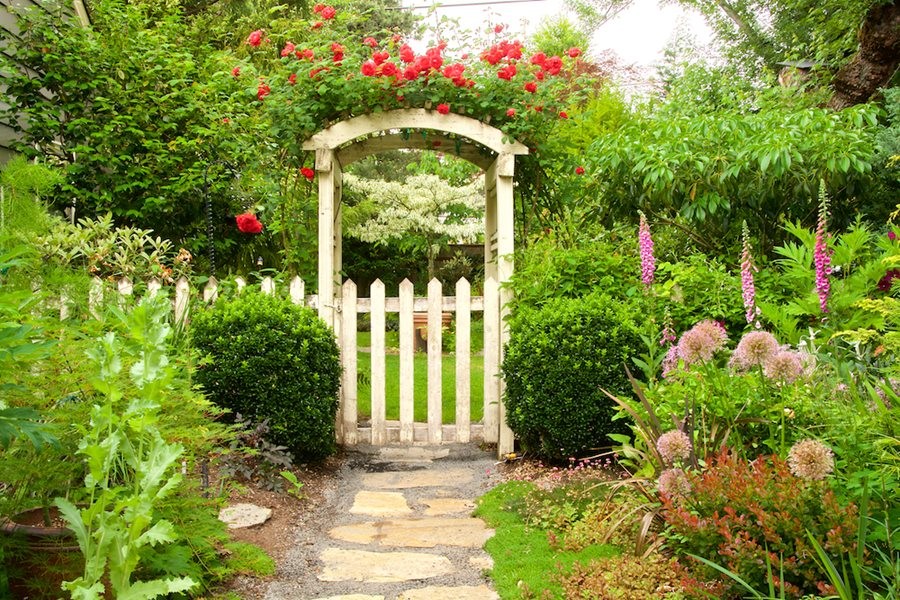While there is a practical purpose for garden walkways, with help from an experienced masonry contractor, it’s possible to create a stunning series of paths that lead to and from your home, that do more than just provide a solid surface for walking from a to b on.
With the right design and installation, your garden walkway can be a defining aspect of the exterior of your home, and create a sense of flow and rhythm that may have been missing before.
Here are some things to think about when choosing a walkway for your garden:
What materials should you use for your garden walkway?
For timeless elegance, think about creating your garden walkway from stone or pavers, which can easily be used to create either a classic, or more modern feel. Pavers can easily be arranged into a wide range of attractive patterns, such as herringbone and basketweave.
If you’re looking for a more rustic walkway, crushed stone or pea gravel might be a better option.
Making your walkway a focal point
As well as guiding you from the gate to the front door for example, a well-designed walkway can also take you to other areas of interest in the garden, such as to a patio, firepit, seated area, veggie patch or wildlife area. Let the path have a purpose, but don’t make that purpose only about taking you through the garden to the other side.
With paving stones and the use of big rocks, you can make clearly defined areas in your garden, which can add personality and charm.
Don’t also assume that your walkway has to be in a straight line. Curves and bends can add an element of intrigue to a garden, and make you more inclined to spend time in different areas, rather than just moving through on your way to somewhere else.
Matching the style of your home and garden
While garden paths are extremely versatile, it pays to try and match them to the existing style of your garden, otherwise the space may look contrived and out of place. Here are some common garden styles:
- Formal – if your garden is of a more formal style, in which everything follows neat lines and shapes, try a stone symmetrical path made from concrete pavers, which should complement the structured design of your garden.
- Cottage – if your garden is a little less formal and doesn’t conform to set designs and rigid lines, think about having a gravel path that winds through the space. Lining it with flowers can help to create an alluring, whimsical atmosphere.
- Vegetable – if you grow a lot of fruits and veggies in your garden, it’s important that you be able to access the plants easily and safely, making a functional stone path that helps to protect the plots, a better choice.
How should your walkways be edged?
Edging helps to separate a walkway from other areas of the garden, but it can also look attractive and help keep things neat and tidy. Here are some possible materials for edging:
- Natural stones – slate, granite or sandstone are durable materials that can give a garden and its walkways a rustic appeal
- Wood – redwood or cedar can make a walkway look natural and welcoming
- Metals – if you’re going for a more modern look in your garden, why not use aluminum or steel for your walkway edging?
- Concrete – easy to mold into a variety of shapes and sizes, concrete is very durable and can also be colored and textured to mimic the look and feel of other, more luxurious materials
Whatever type of material you choose for your garden walkways, make sure you always hire a seasoned masonry contractor to get the job done. With their experience and skill, they can create a wonderful series of walkways to transform a plain garden, into a joyful and functional space.


